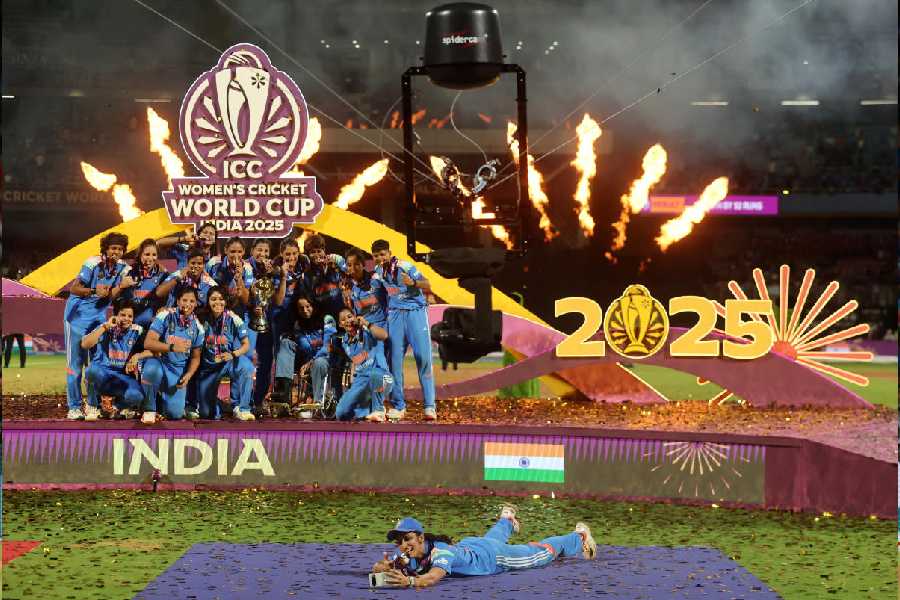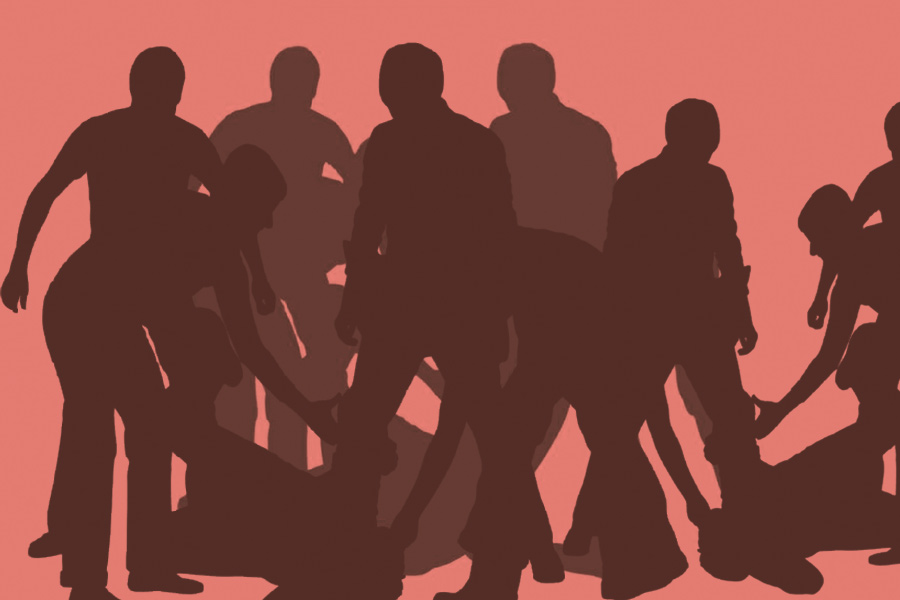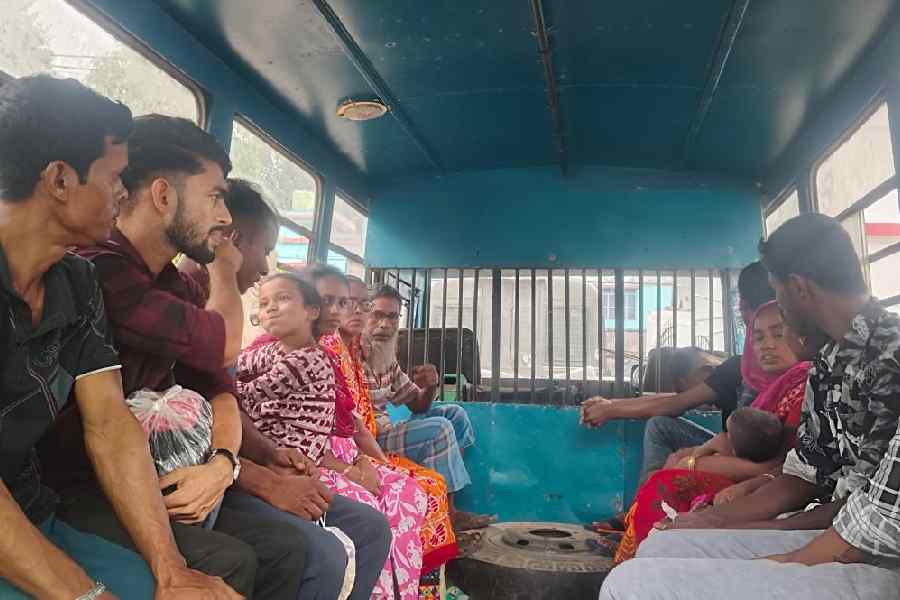As a society, we’re better at meeting the needs of rapists than we realise. We mythologise rapists, and cloak them in invisibility: we know much more, often far too much, about the women who are raped, nothing about the men who rape them.
The typical rapist lives in a normal neighbourhood, he might have an average job, sometimes a wife and children. They’ve been policemen, businessmen, teachers, fathers and fathers-in-law, ward boys, swamis, sometimes jobless. Rapists have been lawyers, like the advocate in Kerala who held a 16-year-old girl captive for 40 days while she was serially raped by 43 different men.
Rapists understand how to pick a victim. In 84 per cent of the rape cases filed in India, the victim knows the rapist: he’s a neighbour, a friend’s father, a local guy whom she’s seen around the area but not registered as a threat.
The rapist begins his rape not with the first physical assault, but by coveting what he sees before him. In one-third of rape cases, the victim is below 16 ? far easier to threaten and control, far less likely to fight back.
Rapists understand the odds, and know that these are stacked against the victim. Relatively few rape cases are actually filed in police stations and courts, because of social pressure and the reluctance to undergo the brutal and demeaning trial process. The conviction rate in rape cases is appalling ? 4.5 per cent.
What happens to the roughly 95 per cent who get to walk free? Nothing. The victim often goes through lasting trauma: they are far more likely to turn to alcohol or drugs, far more likely to suffer depression and far less likely to be able to form strong, trusting relationships. Those who receive counselling and support from their families and friends rebuild their lives; but that’s a very small minority of women.
The typical rapist is not stigmatised by either family or neighbours: rapists are rarely even ostracised.
Some acquire sexual bragging rights among their circle of friends; in the courts, rapists are not cross examined on their sexual history, not asked whether they are habituated to sex.
Rapists know this, even if they don’t know the exact statistics. They know that rape cases can take as long as four to five years to move through the court system. They know that they can offer to marry their victims, hoping that the court will see this as “reparation”: in two recent cases, the judges accepted this sickening line of reasoning.
Rapists can plead that they have families to support: Justice Laxmi Rao, who has now been transferred, accepted this argument in two separate cases, allowing the rapists to walk free after a token spell in prison.
That’s the thing about rapists. They know that getting away with murder isn’t that easy. But getting away with rape? 95 per cent of them do.










